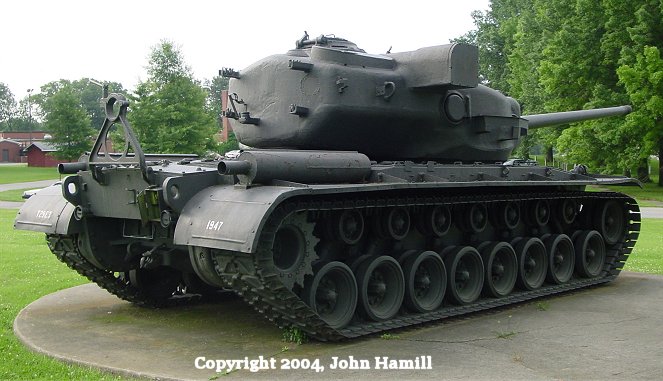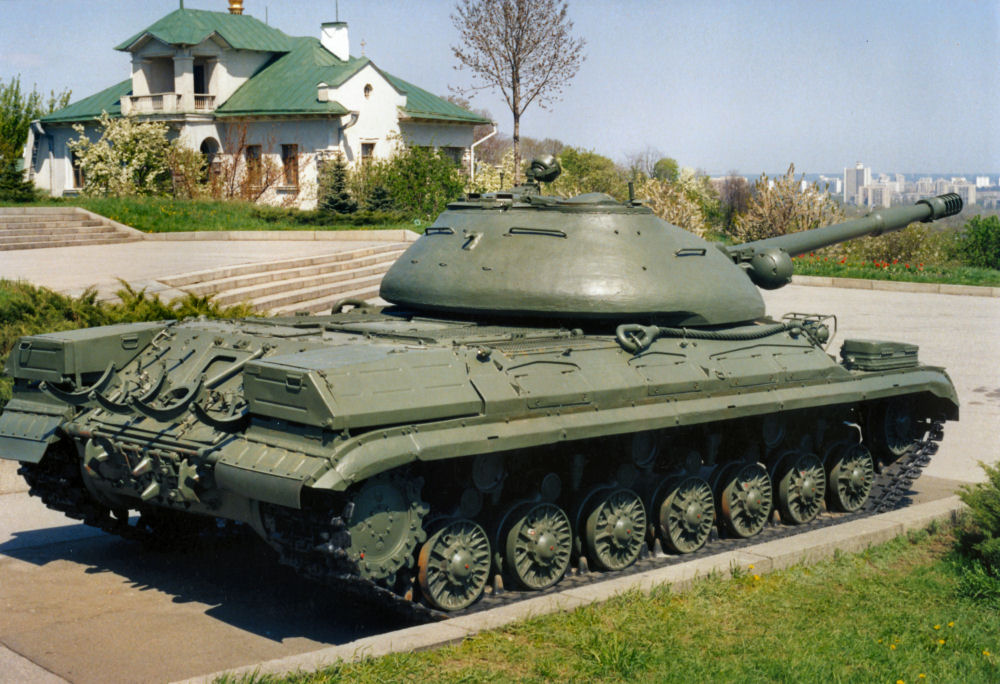Nobody has used post WW 2 a tank the size of a Tiger until the M1 and not even the M1 has been designed to run on very soft, marshy ground.T. A. Gardner wrote: ↑04 Mar 2019, 04:56And, as I stated, nobody has copied this system post WW 2. It is too complex and increases the difficulty of maintenance. Hence why everyone is using something that looks very much like the Pz III's suspension.
They had no reason to do it. Chrysler A57 weighed 2384kg, had 30 sparkplugs, plumbing like a steam locomotive and it stood in a very tall, barely concealable hull, just as tall as a Tiger I and 2 ft taller than a T-34. Maybach HL230 weighed 1200kg and could fit in a cube a bit over 1.1 meters per side.antwony wrote: ↑04 Mar 2019, 12:25Or, if they had more engineering ability, they could have side- stepped this production bottle neck and come out with something similiar to Chrysler's A57, which I understand was 5 (straight six???) bus engines synched together. Of course German engineers of the Nazi era, despite their best efforts, couldn't link two cylinder blocks together, to compete with first world engines of the late war period. The idea they could do five, which from my not extensive knowledge of combustion engines seems (pretty much) like a real world live unicorn, seems very unlikely.
If they attempted fitting together 2 engines, this resulted in a big, awkward monster as the engine space of the Elefant. Plus the weight of the armor to cover it. As in the Elefant.
The T-34 could be much smaller and lighter due to the V-2 engine, at 750 kg dry weight. It still needed a big, nearly 100 liters, oil tank, plus similar water circuit, but didn't go over 1000 kg. Which fit in a smaller hull, with armor a bit thinner, but still enough, to end up around 30-32 tonnes.
Generaloberst Guderian judged a PzKpfw IV with long 75 mm gun (G, H or J) was adequate to face an enemy the size of a T-34, while still being below 30 tonnes and needing far less resources and logistical problems. Which is a bit shortsighted: adequate to face an enemy the size of a T-34 now, as the upgradability was stretched to the maximum possible. What if next year the Soviets come out with something bigger, the size of an IS-2, but in large numbers?



